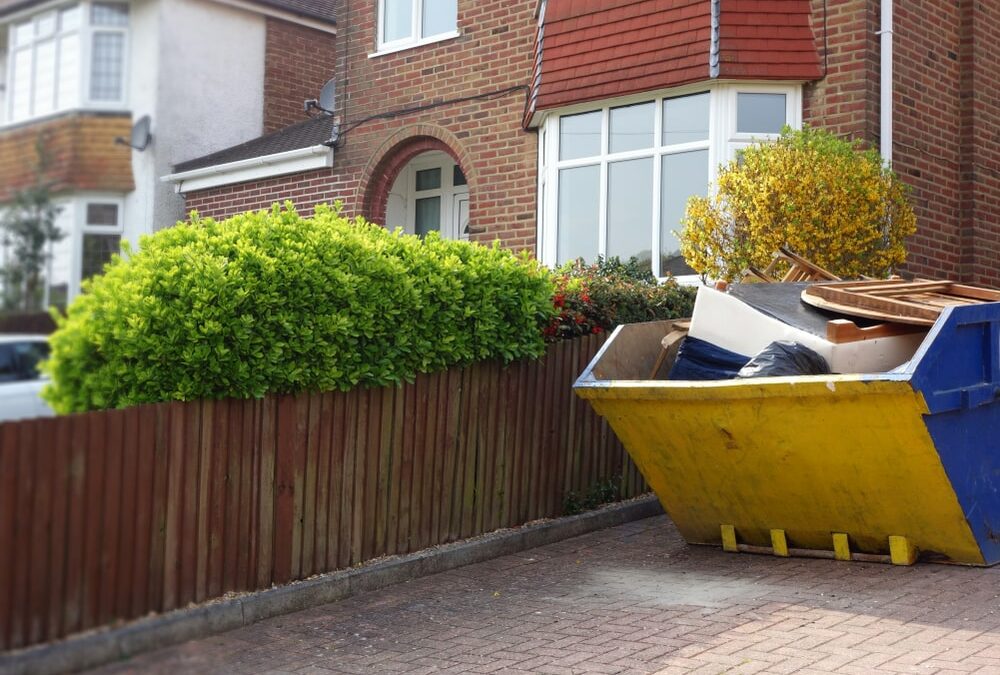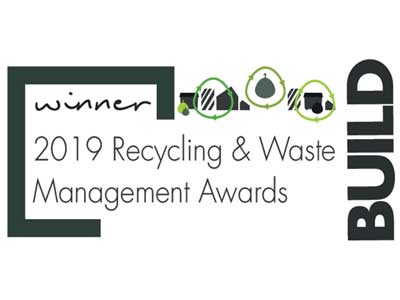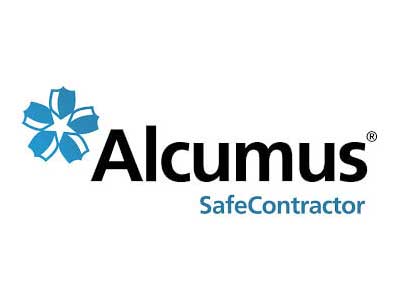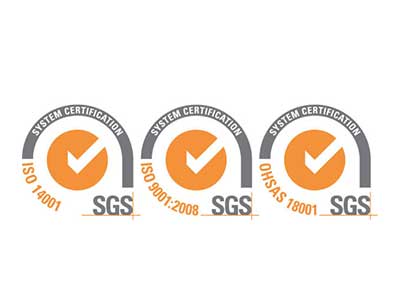Choosing the right size skip can seem like a tough task, especially if you don’t have much prior experience in the skip-hire world. Without the right guidance, it can be easy to underestimate how much waste a project is going to generate, putting you at risk of an overloaded skip.
In this article, we’ll cover the rules and risks behind an overloaded skip, and why it is important to choose the right skip size.
How Much Waste Is Too Much?
It’s likely that you’ve passed an overloaded skip at some point. Your waste should not exceed the maximum fill level marked over the skip walls. Typically this is a thick red line to make it clear where the limit is and avoid overloading.
Even flat items that exceed this line can cause problems for your skip operator, so be sure to remove waste from the top before the skip is collected.
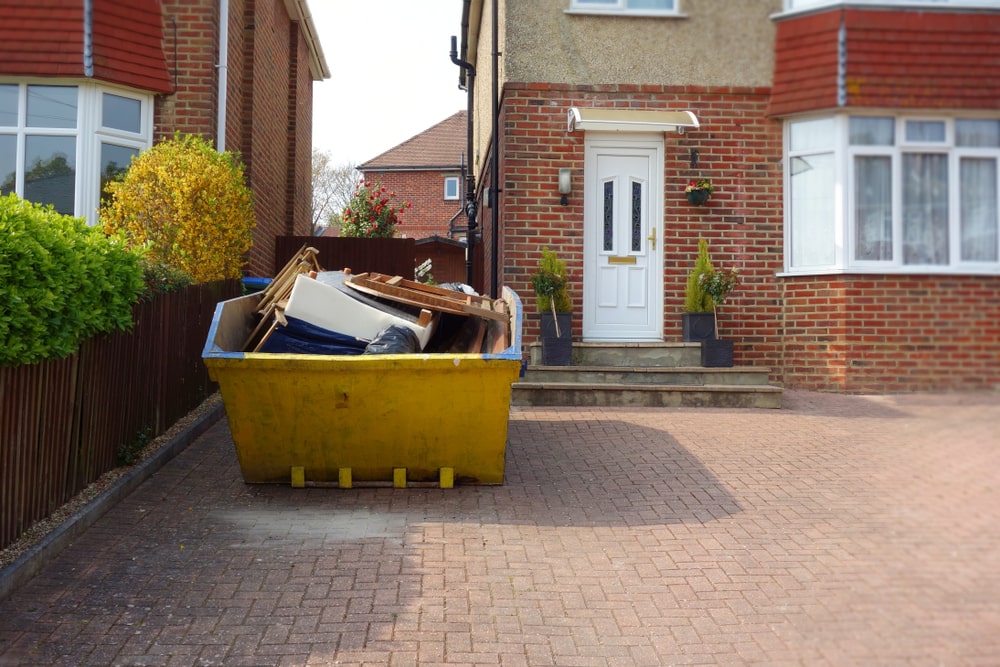
What Are The Risks of An Overloaded Skip?
Safety
Overloading a skip is dangerous. Not only does it put the skip collection operator at risk, but also your neighbours, and even your family. An overflowing skip may have sharp, broken items sticking out of the top and these could hurt the general public passing by.
Cost
The more waste you put in your skip to maximise space, the more money you save, right? Unfortunately, this is not the case. Overloading a skip will just lead to more costs in the long run.
Your skip provider may refuse to remove your skip, as it is too full to transport safely due to unsecured waste. Heavy skips can not only be dangerous, but they can also damage the vehicle’s lifting mechanisms.
All these factors will likely mean that you have to pay extra costs for the waste to be removed in a second skip.
Laws
Filling a skip above its maximum is actually against the law. If you are caught doing so, you could be facing a hefty fine plus legal action if someone was injured by a falling object, or you were to damage property.
Neighbours
Overloading a skip can cause an eyesore for your neighbours, and any unsecured waste extending outwards can fall out, potentially causing serious injury to pedestrians passing your home.
How To Properly Load a Skip
Know Your Limits
The most important step for properly loading a skip is to know your limits. Most skips will have a red fill line, and it is vital that the waste stays below this line. You can fill it to its full capacity, but it’s vital that you avoid overloading a skip.
Choose The Most Appropriate Skip Size
Don’t underestimate the amount of waste you have! For a more accurate idea of the skip sizes you need, think about the number of big bags of waste you’re going to generate, and use our guide to choose the correct skip for the job, or if you would like a little more detail, read our skip size blog.
Organising Your Loading
Fill your skip in an organised manner to maximise space, by loading smaller, flat items first and then placing more bulky items on top. Then any bits and pieces can fill any remaining pockets of available space.
Planning
With just a bit of planning, you can make your skip hire a breeze. Create a pile of waste before you order with your skip provider for the most accurate idea of how much room you will need. This will help you avoid overfilling, but it is still important that you keep an eye on the rising level of waste during your skip-hire period.
Choosing The Right Skip For Your Skip Hire
If you are looking to book a skip, or you need more detail on the ins and outs of skip hire, make sure to get in touch with our experts here at REMONDIS. With a prompt, reliable and knowledgeable team, we can give you all the advice you need to complete your domestic or commercial project and choose the right skip for the job.

